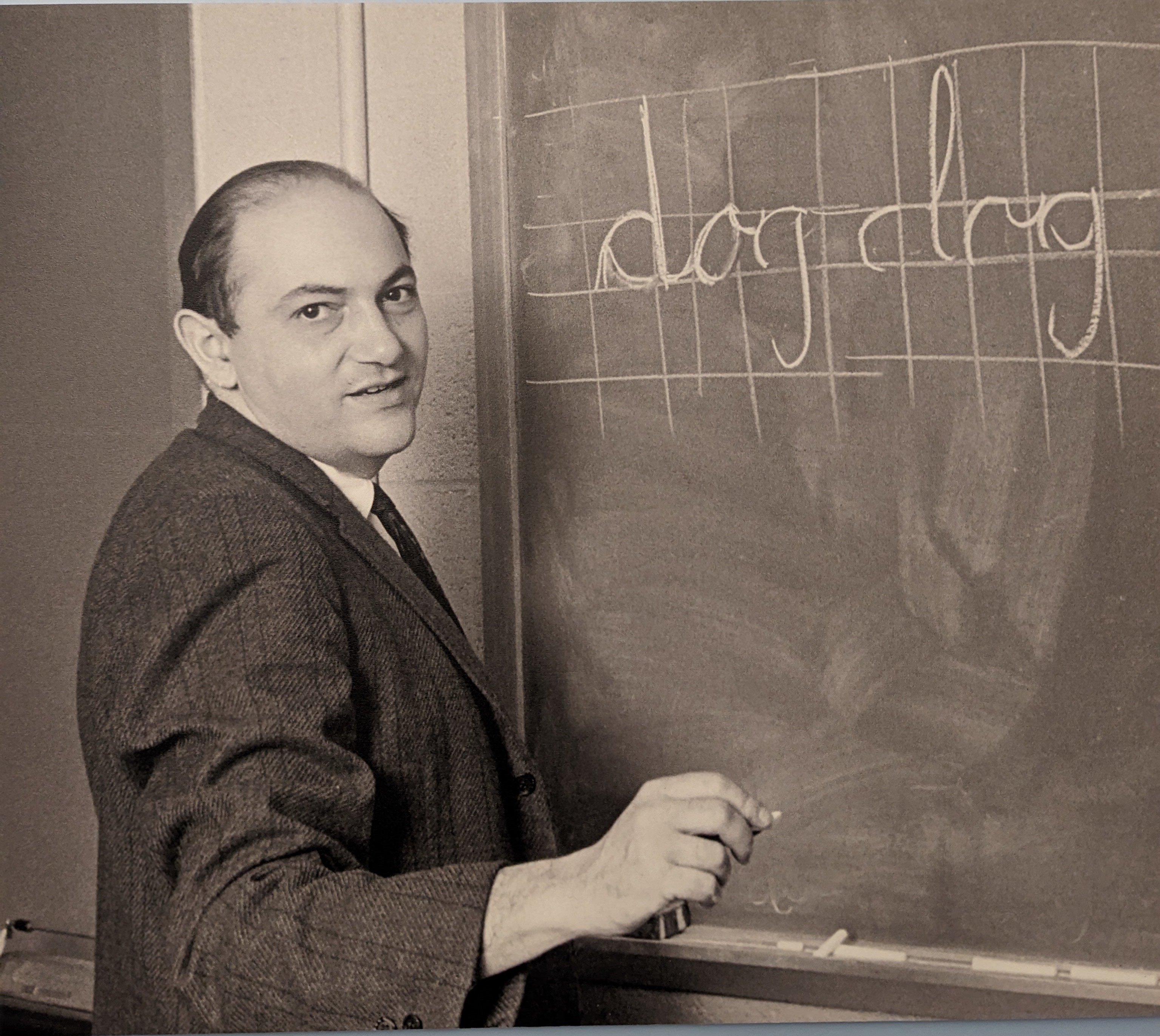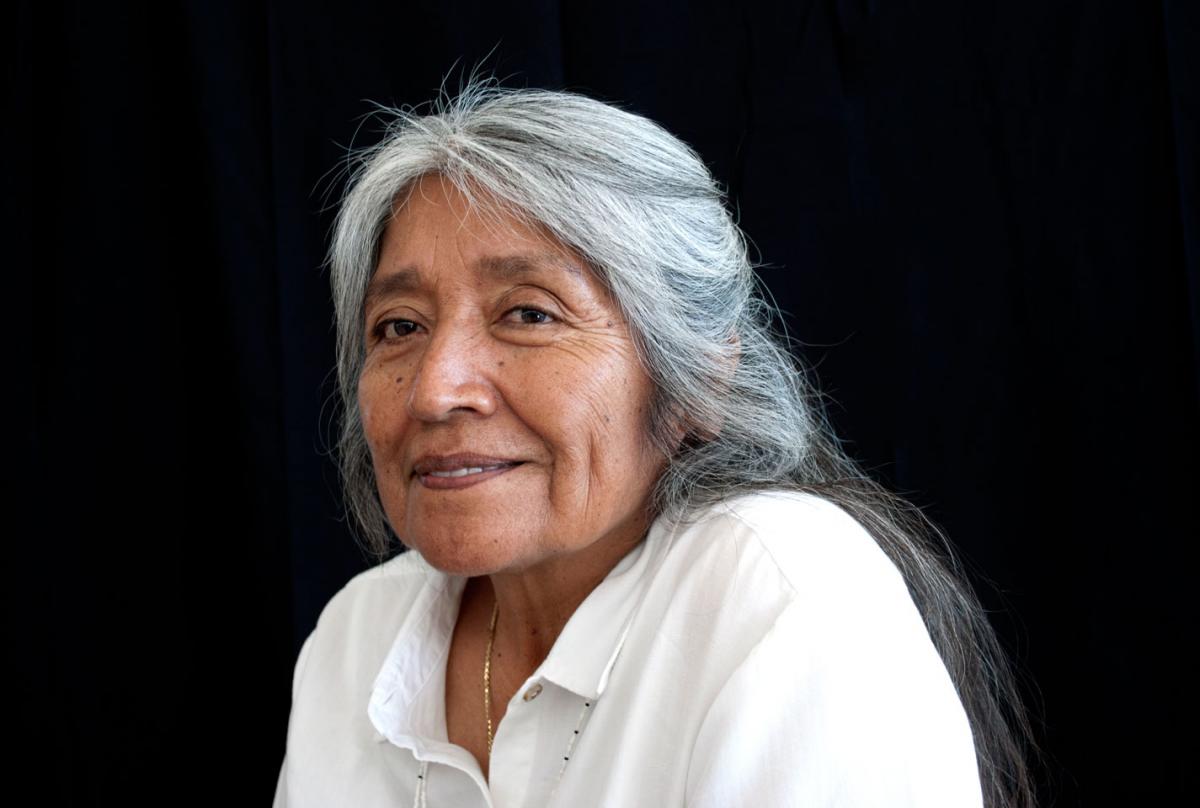Speaker: Zachary Satoshi Feldcamp (MIT)
Title: Predicate inversion as A-movement
Time: Tuesday, April 4th, 1pm - 2pm
Abstract: Predicate inversion (PI) constructions (1) involve a marked order of constituents in which the predicate (underlined) appears to occupy the typical derived subject position, and the would-be subject (italicized), which often receives the nuclear pitch accent and focus, occurs to the right of the auxiliary be (Emonds 1970; 1976; Birner & Ward 1998; Samko 2016; Thoms & Walkden 2019).
(1) Performing at the concert next month will be SAM.
The absence of weak cross-over effects and of reconstruction for Condition C suggests that the predicate undergoes A-movement, which is initially puzzling, given what is known about A-movement, locality, and the interpretation of moved predicates, additionally raising questions about the possible role of information-structure in syntactic derivations. Contra Samko (2014; 2016), I argue that PI is not driven by information-structural features, because it is not subject to any firm information-structural conditions.
I propose that PI is the result of T agreeing with the predicate instead of the would-be subject, possible whenever the predicate has (incomplete) φ-features valued via concord with the would-be subject. No locality issues arise, because both subject and predicate may move in a nesting configuration to specifiers of Aux be, which position can be directly observed in passive expletive constructions (Rezac 2006). Given the cross-linguistic generalization that non-nominal lexical categories do not bear person features, the analysis predicts that T, which has agreed with the predicate, lacks person in PI. I show that this prediction is borne out. Despite its unusual appearance, then, PI corroborates the hypothesis that A-movement is the reflex of φ-Agree (van Urk 2015).

